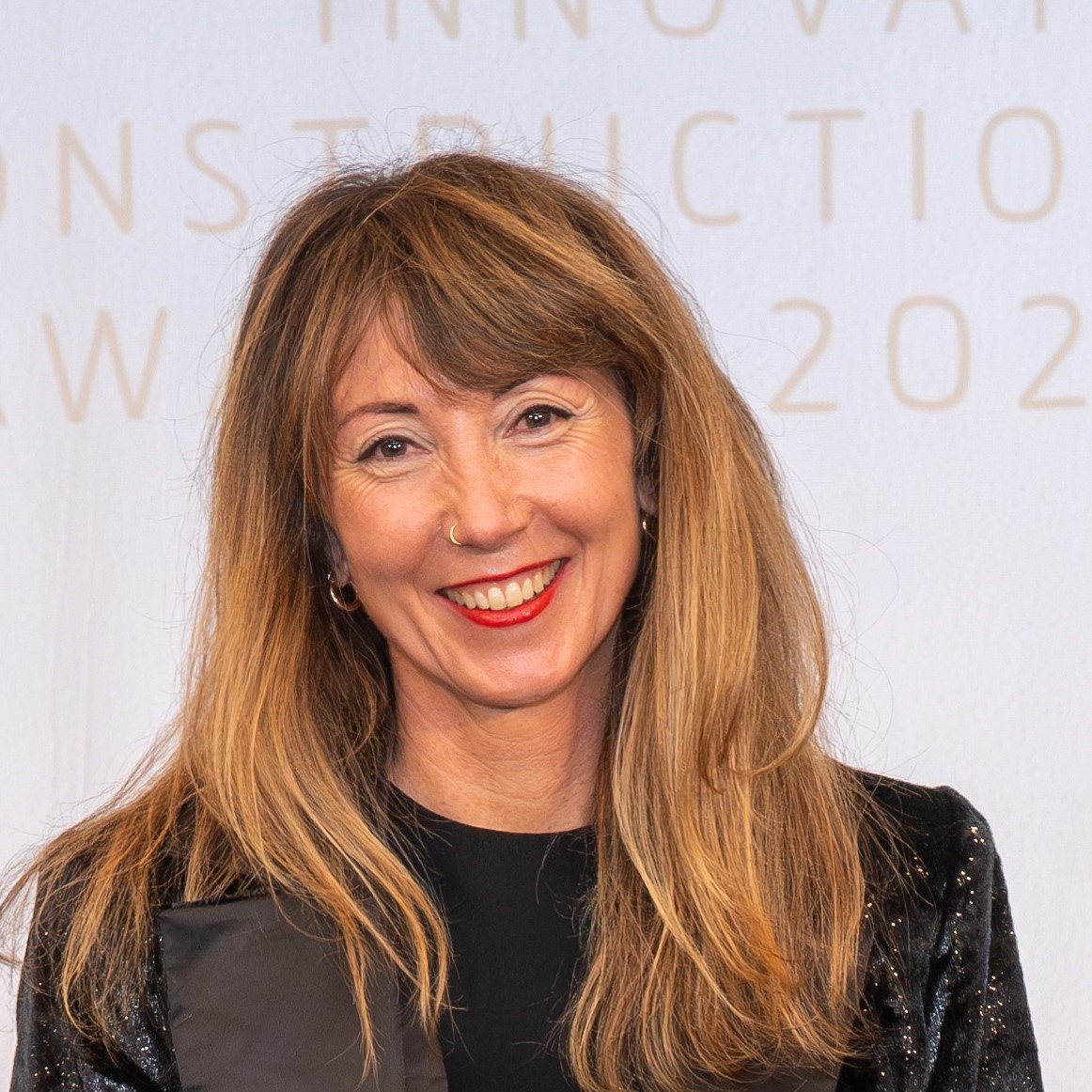Restoration works being carried out by Ferrovial Agroman in a joint venture with the company Edificaciones Villanueva on the church of Santa Catalina, in the province of Badajoz, have uncovered Christian burial chambers dating back to the 17th and 18th centuries. The church project excavation works have also uncovered the remains of an earlier church, although this has still to be dated and classified by the Government of Extremadura.
The church of Santa Catalina, built in the 16th century opposite what is today the City Museum Luis de Morales, is one of the oldest and most famous churches in Badajoz, and thus the site where illustrious people and members of the city’s leading families were buried in the 17th and 18th centuries, following the traditions of the nobility.
From an artistic point of view, the building marked the introduction of the Jesuit architectural style in the province of Badajoz following its renovation.
The funeral structures which have to date been uncovered in Santa Catalina – only about half of the church’s ground surface has as yet been dug up – are concentrated in the central nave of the church. This is formed by an “L”-shaped crypt reached via stairs where there are five funeral chambers, each subdivided into separate areas which were probably shared by families, in a similar way to a pantheon. The most notable chambers are those closest to the altar, no doubt belonging to the most prominent families or those contributing more money for church maintenance. The chambers are 1.7 m wide, about 1.5 to 1.6m in height, and approximately 5 m long.
In the church transept, next to the crypt, two other chambers have been uncovered. These are more like trench graves, set aside for less important burials. They consist of several ossuaries, which were usually built to make space for new burials.
Excavation is being done manually, removing layers of approximately 10 cm at a time. “Although progress may seem slow, careful attention must be paid to changes in the colour on the ground, which could signal the presence of new structures, bones or ceramic material,” explains Alejandro Rodríguez Santa, manager of the joint venture. “The archaeologist in charge prepares a monthly report for the Government of Extremadura’s Heritage Department, detailing excavation works and findings. This process slows down project implementation, but guarantees proper conservation of a historical heritage which will subsequently be visited by many.”
The project management team incudes technical staff from the municipal town council of Badajoz, archaeological specialists from the Government of Extremadura and members of the joint venture team who “once the archaeological work is finished, will commence restoration and consolidation of the walls and paintings of the chapels” says Javier García, Deputy director of Madrid Building II and Extremadura, “as well as screen printing of the vault and conservation of the altar paintings”.
The Ferrovial Agroman team church project , led by Juan Luis Junguito and Javier García, is comprised by Alejandro Rodríguez Santa and Site Manager Pedro Carranza.






